Why woodland edge matters
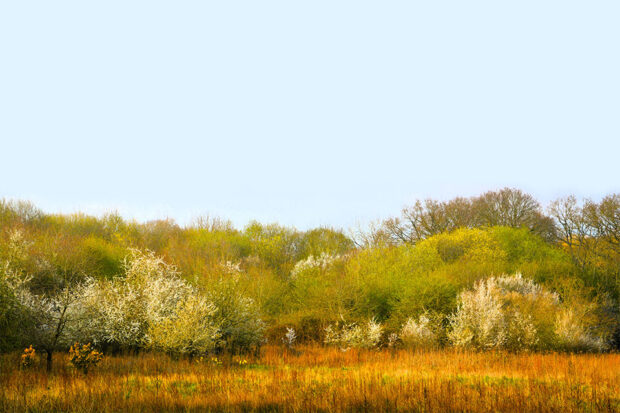
...clusters, reflecting the landscape context. Edge is best on south facing fringes where there is most light mimic patterns of natural colonisation, and if natural colonisation processes are taking place,...

...clusters, reflecting the landscape context. Edge is best on south facing fringes where there is most light mimic patterns of natural colonisation, and if natural colonisation processes are taking place,...
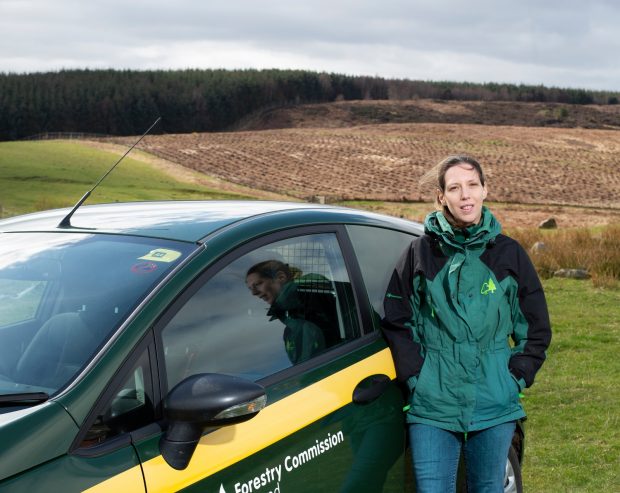
...as a professional member. My role as a Woodland officer involves dealing directly with landowners providing advice on how best to manage their woodlands and what incentives are available to...
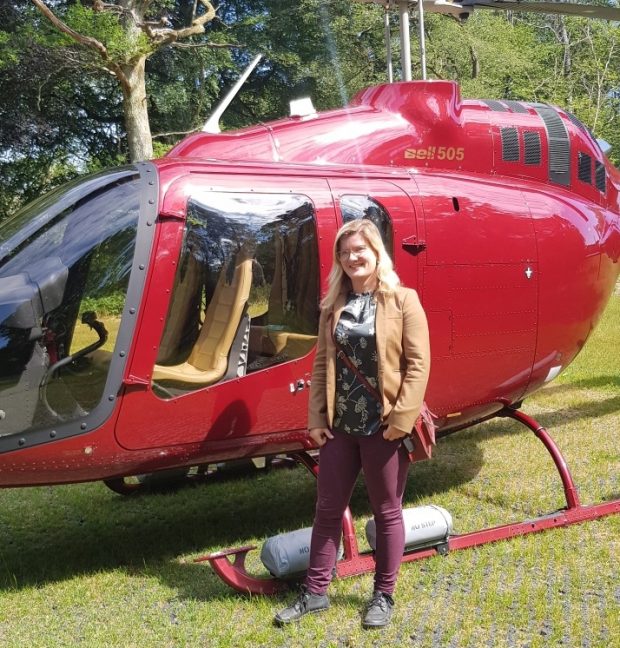
...is the best investment we can make towards a more sustainable future for our woodlands. The Forestry Commission provides great opportunities and I have been offered to participate in the...

...the planning, design and sustainable management of forests and woodlands in the UK use an approach based on internationally recognised science and best practice, with the right tree, planted in...
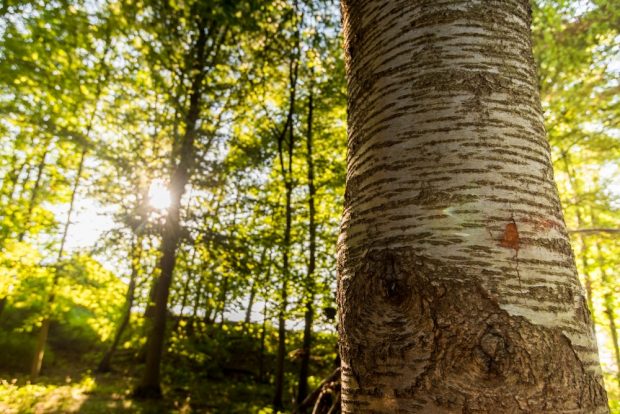
...us. I remain positive for what the future holds for our trees and forests. The government remains committed and has set a clear direction to plant more trees, promote management...
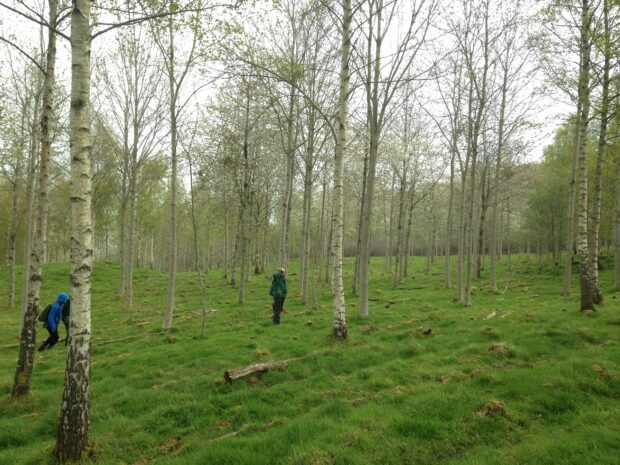
...selection and management techniques, Forest Research’s Tree Species Guide for UK Agroforestry Systems provides comprehensive guidance on species best suited to farms. Protecting your crop from mammals Farmers and foresters...
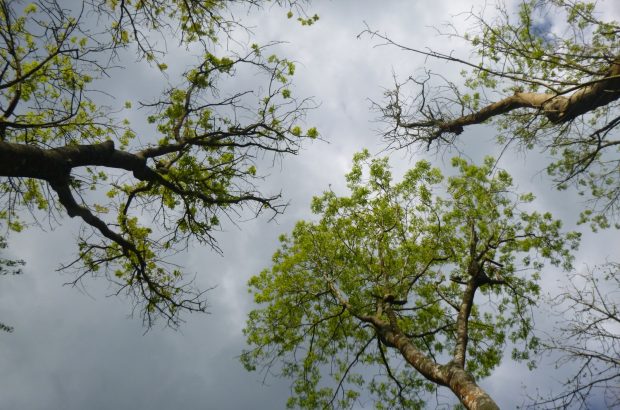
...information on the changes that we are likely to see in the future, where uncertainty exists, and how best to navigate these risks in their decision making. Three Recommendations If...
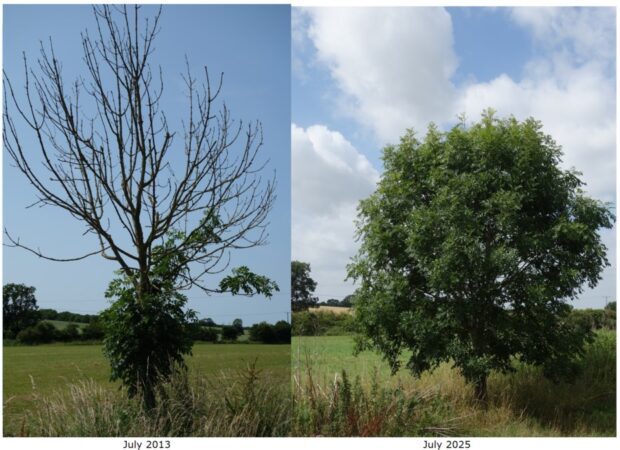
...Chalara ash dieback in the field video I produced twelve years ago. If you have ash trees and are concerned; there is plenty of help and guidance available. The best...
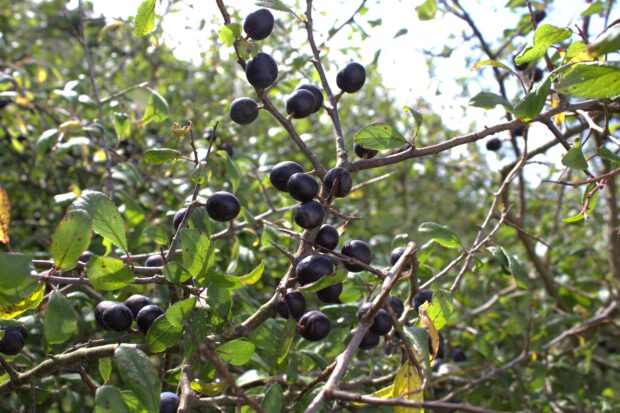
...gathering season. It is essential to seek permission from landowners before collecting seed, and to follow best practices to ensure that your efforts contribute positively to woodland health and biodiversity....
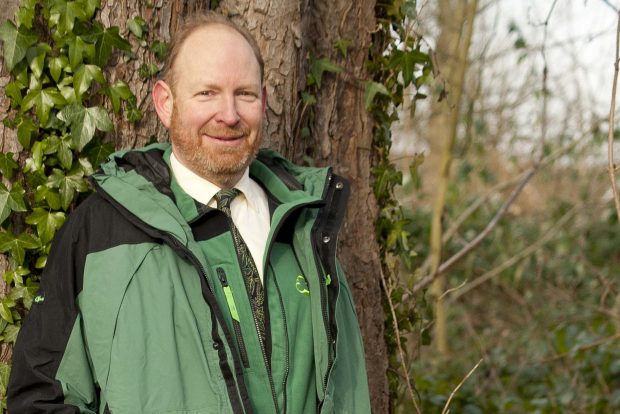
...species in England. Looking ahead we have to establish the right mix of trees for our future forests to give them the best chance of adapting to and surviving in...